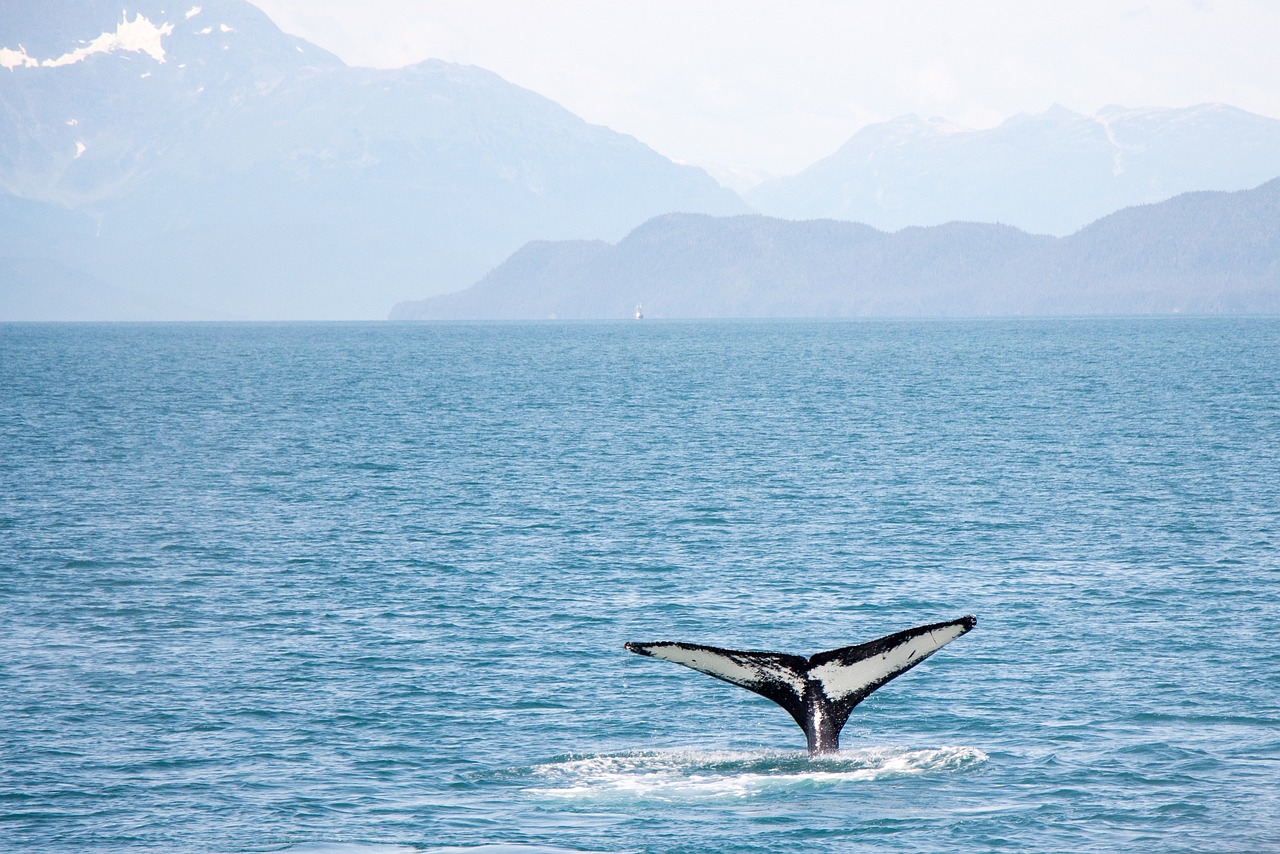Table of Contents
ToggleIntroduction to Rice’s Whale
Rice’s whale (Balaenoptera ricei) is a large, rare baleen whale species that is found in the North Pacific Ocean. It is one of the least known baleen whales and has only been formally recognized as a distinct species in 2019. The species is named after Dale Rice, a marine mammal biologist who contributed significantly to the study of the whales in the Pacific Ocean.
In this article, we will provide an in-depth look at Rice’s whale, including its physical characteristics, habitat, behavior, conservation status, and the efforts being made to protect this magnificent species.
Physical Characteristics of Rice’s Whale
Rice’s whale is a relatively large baleen whale, with adults measuring between 40-42 feet in length and weighing up to 70,000 pounds. It is similar in appearance to the Bryde’s whale, but it has a more robust body shape with a larger head, shorter snout, and broader rostrum. The whale also has a distinctive white patch on its lower jaw, which can be used to distinguish it from other species.
Habitat of Rice’s Whale
Rice’s whale is found in the North Pacific Ocean, primarily in the waters of the Bering Sea and the Gulf of Alaska. The whales tend to spend most of their time in deep offshore waters and are known to migrate over long distances. During the summer months, Rice’s whales can be found in the Chukchi and Beaufort Seas, while during the winter, they move south to the waters of the Gulf of Alaska.
The Behavior of Rice’s Whale
Like other baleen whales, Rice’s whale feeds on small crustaceans and fish, which it strains from the water using its baleen plates. The whales are known to be vocal and have a complex social structure, with individuals communicating with each other using a range of different calls and songs.
Conservation Status of Rice’s Whale
Rice’s whale is classified as an endangered species by the International Union for Conservation of Nature (IUCN). The species was only recently recognized as a distinct species, and as a result, there is still much to learn about its population size and distribution. However, it is believed that the species has experienced a significant decline in population due to historical whaling activities and ongoing threats, including climate change, pollution, and noise pollution.
Efforts to Protect Rice’s Whale
There are several initiatives underway to protect Rice’s whale and its habitat. One of the most significant efforts is the establishment of marine protected areas in the Bering Sea and the Gulf of Alaska. These areas provide a safe haven for the whales and help to reduce the impact of human activities in the region. Other measures include the development of guidelines for whale watching activities and the promotion of sustainable fishing practices.
Conclusion
In conclusion, Rice’s whale is a fascinating and little-known species that plays an important role in the ecosystem of the North Pacific Ocean. Although much is still unknown about the species, efforts are being made to protect it and ensure its survival for future generations. By continuing to study and protect Rice’s whale, we can help to ensure the long-term health and resilience of the ocean and the many species that call it home.








1 thought on “Rice’s Whale: The Gulf of Mexico’s Endangered Majesty”
Pingback: Orcas Sank 3 Boats in Southern Europe: Understanding the Puzzling Pattern of Behavior - Sustainability Awakening